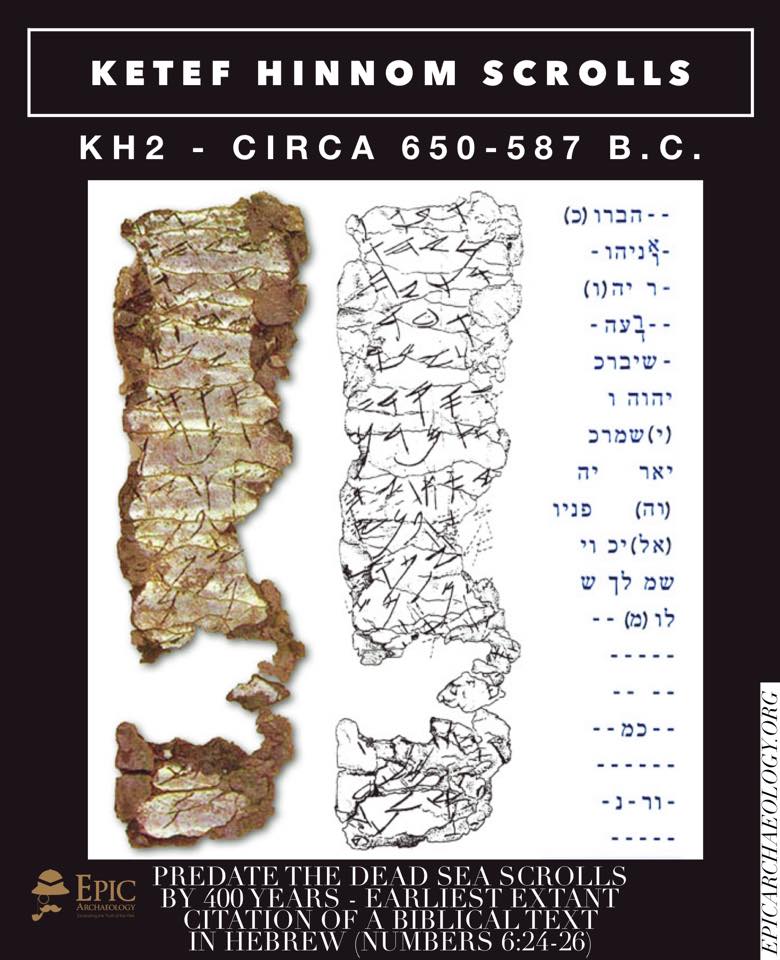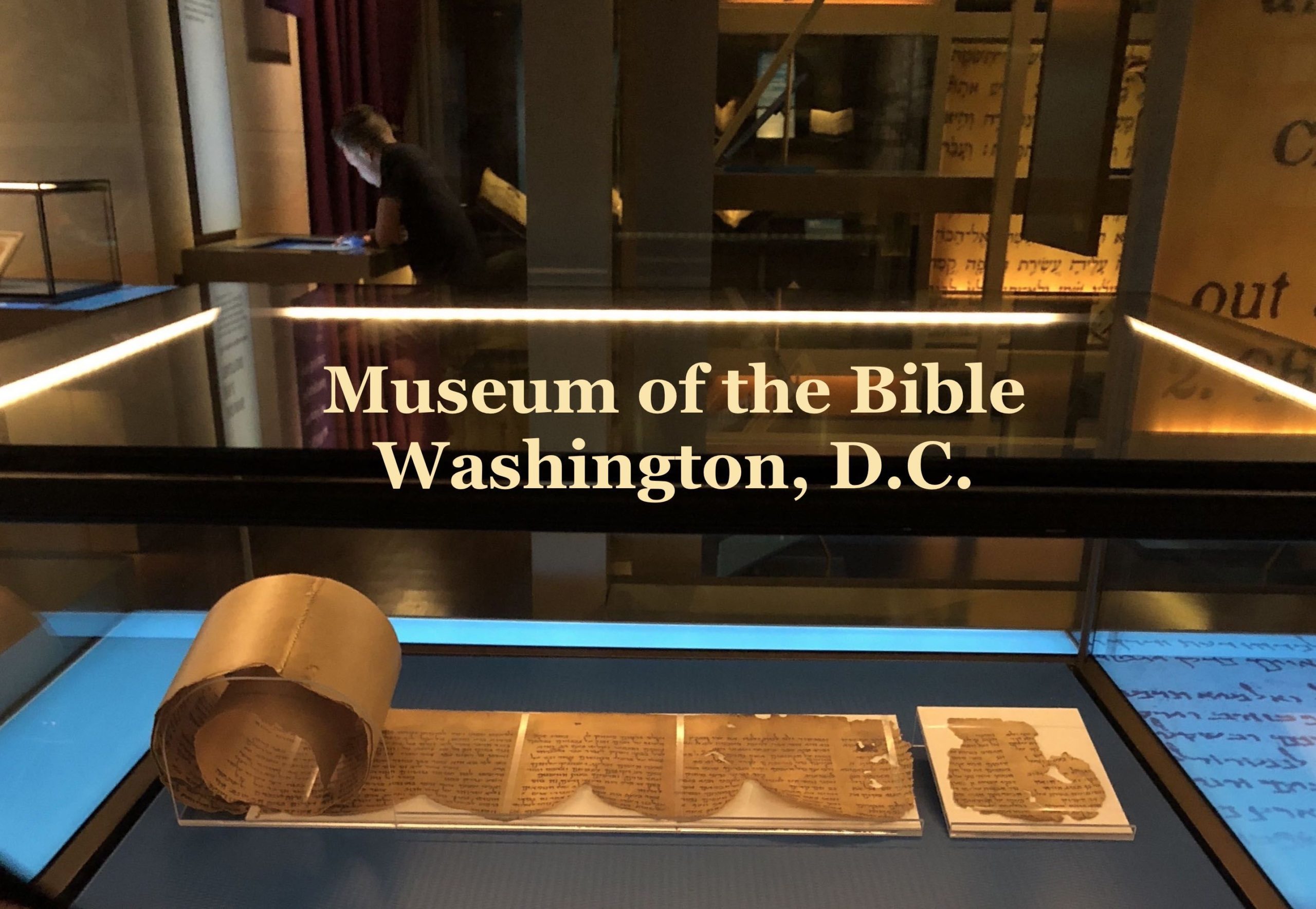
Archaological Evidence For The Old Testament
The Dead Sea Scrolls (Earliest Manuscript 586 BC)
In 1947 in an obscure cave west of the Dead Sea, Bedouin shepherds discovered some scrolls carefully placed in ten tall jars. They did not know what they had come upon, but they sold the scrolls to a nearby dealer. This was the opening chapter to an astonishing archeological find; eventually some 800 different manuscripts would be found in eleven caves near the valley called Wadi Qumran. In all, some 60,000 fragments, portions, or complete scrolls of these 800 manuscripts were retrieved, covering many subjects.
Many of the documents contained biblical texts. Either fragments or complete copies were found of every book in the Old Testament except Esther. They had been placed in these caves around the middle of the first century AD, and the amazing fact is that they had lain there undisturbed for 1900 years! The International Bible Society
Even though not all of the scrolls are unrolled and translated more than half a century later, the answers are coming clear. The texts are amazingly similar to the documents we already have. The variations are less than two percent, and not a single teaching or doctrine of the Bible we have is altered. Rather than posing a threat to the Christian faith, the Dead Sea Scrolls have, in fact, provided convincing support for the genuineness of God’s revelation as given to us in the Bible.
The International Bible Society
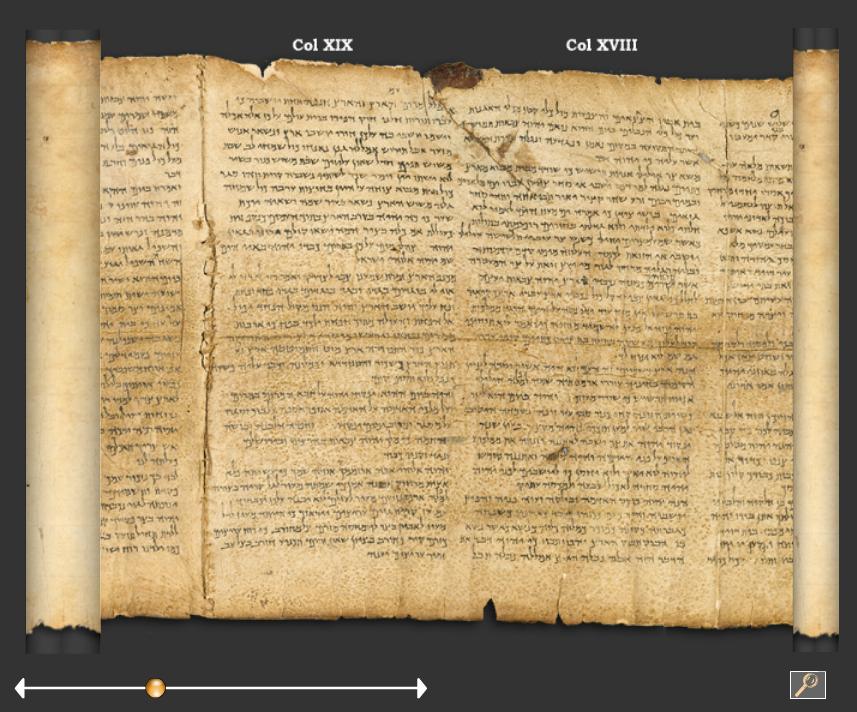
Codex Leningradensis (ca. 1008 BC)
The Leningrad Codex (also called Codex Leningradensis) is the oldest complete edition of the Hebrew Bible (the Old Testament in Hebrew) in existence. It dates to around 1008-1010 A.D. and this date is confirmed by its colophon as well as internal and external evidence.
When the early manuscripts of the Masoretic Text are compared with the Codex Leningradensis it is apparent how closely the texts align with one another. These close alignments apply to the the vast majority of the Dead Sea Scroll text.
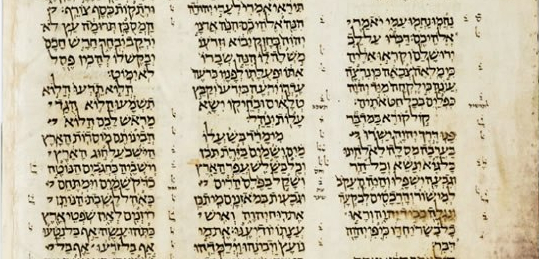
The Allepo Codex AD 925
The Alepo Codex is the oldest Hebrew text of the entire Old Testament. The manuscript was copied in Israel in about AD 925 by Sheloma ben Baya’a, heir of a well-known family of scribes who specialized in the copying of biblical manuscripts.
The manuscript was preserved by key Jewish communities in and around Israel for over a thousand years. The Alepo Codex has made a major contribution to the field of Old Testament Studies. The existence of this codex has demonstrated the faithful transmission by scribes who were driven by duty and desire to make clear the testimony of the Old Testament Scripture.
Upon examination of the pre-Masoretic texts that were preserved among the much earlier Dead Sea Scrolls it was discovered that the Aleppo Codex and those text were practically identical. (The Popular Handbook of Archaeology and the Bible, Joseph Holden, Norman Geisler)
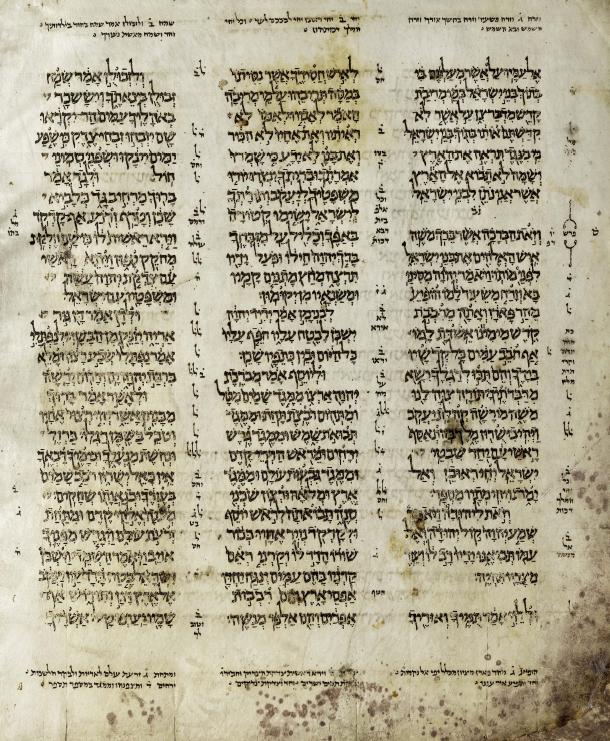
Codex Cairensis AD 895
According to its colophon, the Codex Cairensis was written and vowel-pointed in AD 895 by Moses ben Asher in Tiberias while in Israel. It contains the Former Prophets (Joshua, Judges, 1 and 2 Samuel, I and 2 Kings) and the Latter Prophets (Isaiah, Jeremiah, , Ezekiel, and the Minor Prophets). In the Biblia Hebraica Stuttgartensia it is symbolized by a C and is considered to be the most authoritative Hebrew text within the Masoretic Text tradition.
Joseph M. Holden;Norman Geisler. The Popular Handbook of Archaeology and the Bible: Discoveries That Confirm the Reliability of Scripture (Kindle Locations 252-255). Kindle Edition.
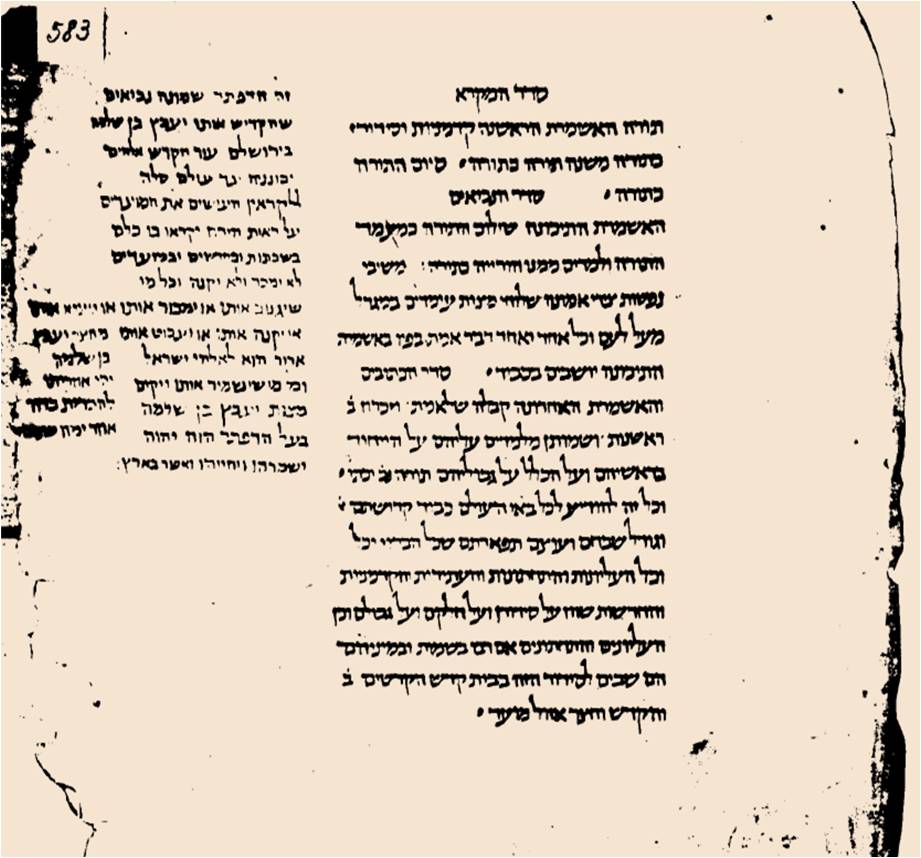
Babylonian Codex Of The Latter Prophets AD 916
The writing of the Babylonian Codex is dated to approximately AD 916. On occasion it is referred to as the Leningrad Codex of the Prophets (Kenyon) or the St. Petersburg Codex (Wurthwein). It contains Isaiah, Jeremiah, and the 12 Minor Prophets. What makes this manuscript significant is that the Babylonian school of Masoretic scribes was rediscovered through it.
Joseph M. Holden;Norman Geisler. The Popular Handbook of Archaeology and the Bible: Discoveries That Confirm the Reliability of Scripture (Kindle Locations 255-257). Kindle Edition.
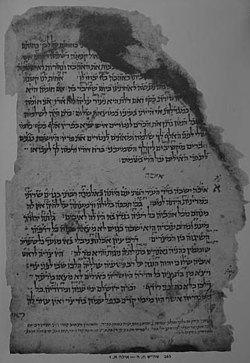
The Cairo Geniza Manuscripts AD 929 to AD 1121
The Cairo Geniza documents were originally discovered in the storeroom (Hebrew: genizah) of the Ben Ezra Synagogue in Fustat (Old Cairo), Egypt. The manuscripts and fragments of this collection number in the tens of thousands and are now scattered throughout the world in various collections.
Joseph M. Holden;Norman Geisler. The Popular Handbook of Archaeology and the Bible: Discoveries That Confirm the Reliability of Scripture (Kindle Locations 257-259). Kindle Edition.

The Reuchlin Codex Of The Prophets And Erfurt Codices AD 1105
The Reuchlin Codex of the Prophets has been dated to AD 1105 and now resides at Karlsruhe, Germany. It has been a valuable resource in the establishment of the fidelity of the Ben Asher text.
The Erfurt Codices are currently listed in the University Library in Tubingen and are representative of the Ben Naphtali tradition of the text and markings.
Joseph M. Holden;Norman Geisler. The Popular Handbook of Archaeology and the Bible: Discoveries That Confirm the Reliability of Scripture (Kindle Locations 265-266). Kindle Edition.
The Samaritan Pentateuch (ca 1200-1300 AD)
The Samaritan Pentateuch is an ancient text of the Torah that was written and preserved served by the Samaritan community.
After extended religious and cultural struggles, a radical division occurred between the Samaritans and the Jews during the fifth or fourth century BC. At this time the Samaritans accepted only the Pentateuch (the five books of Moses) as canonical, and they canonized their own version of these Scriptures for their community.
Joseph M. Holden;Norman Geisler. The Popular Handbook of Archaeology and the Bible: Discoveries That Confirm the Reliability of Scripture (Kindle Locations 268-270). Kindle Edition.
The Ketef Hinnom Silver Scrolls 650 -587 BC
Another of the most important biblical discoveries of all time was unearthed in 1979 by a team of archaeologists led by Gabriel Barkay of Bar-Ilan University versity and his assistant, Gordon Franz. As excavators were concluding their investigations tions of pre-exilic (seventh-century BC) tombs in southern Jerusalem overlooking the Valley of Hinnom, they unearthed two tiny objects now known as the “Ketef Hinnom Silver Scrolls” or the “Ketef Hinnom Amulets.” The Silver Scrolls give us an earlier confirmation of a portion of the book of Numbers. They contain the priestly benediction of Numbers 6:24-26. and phrases from other biblical books, including Exodus 20:6 and Deuteronomy 5:10 and 20:6.
Joseph M. Holden;Norman Geisler. The Popular Handbook of Archaeology and the Bible: Discoveries That Confirm the Reliability of Scripture (Kindle Location 499). Kindle Edition.
